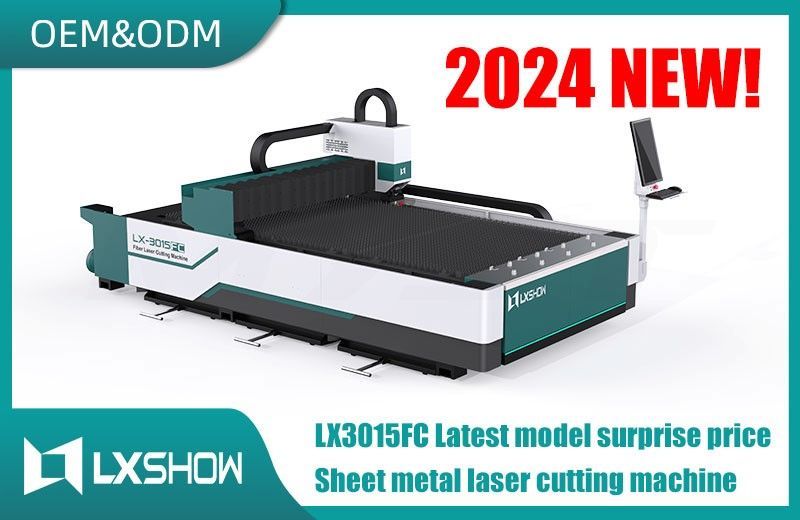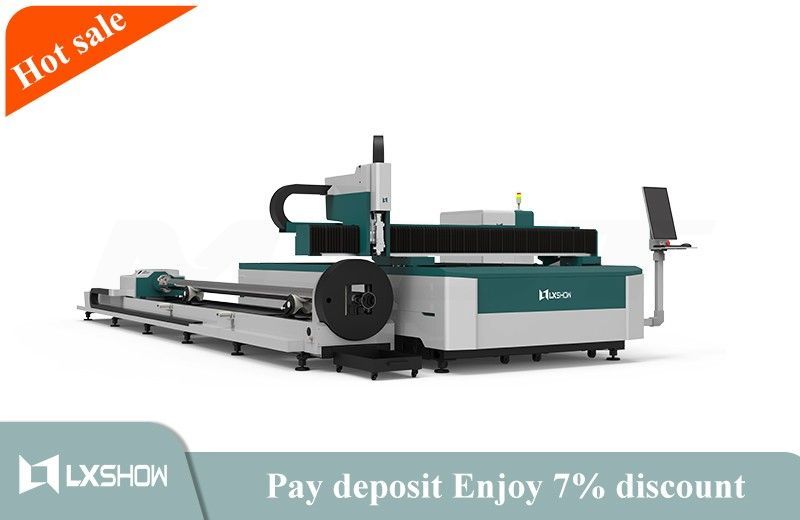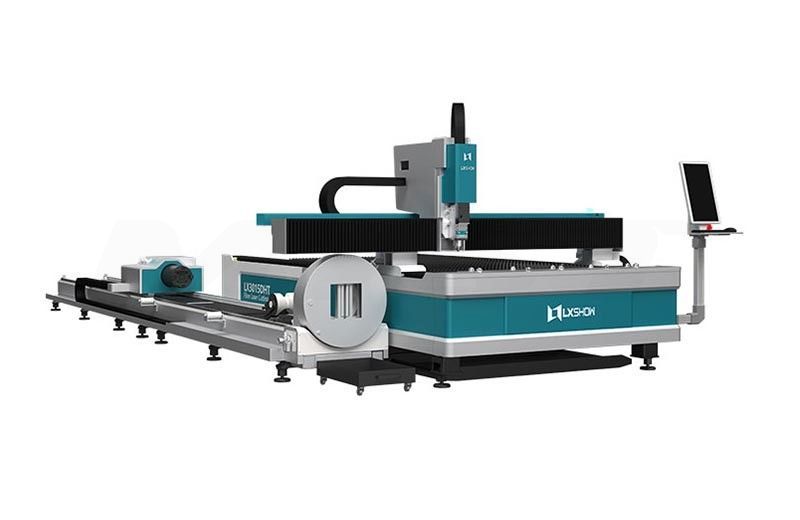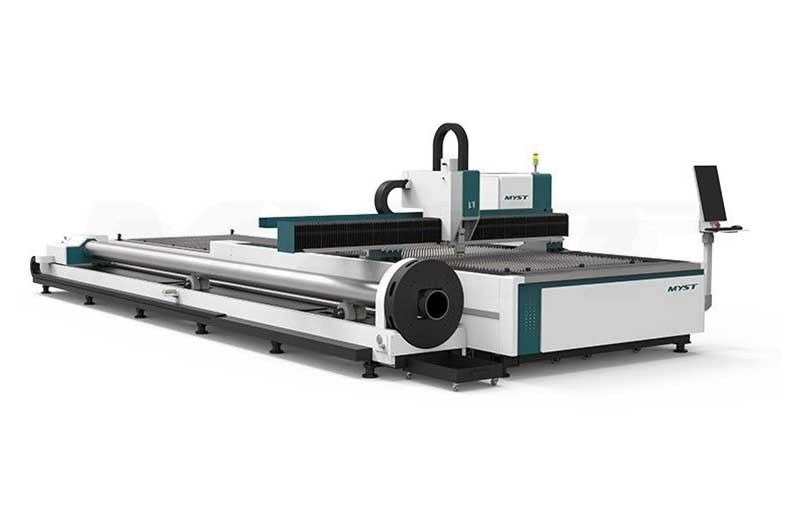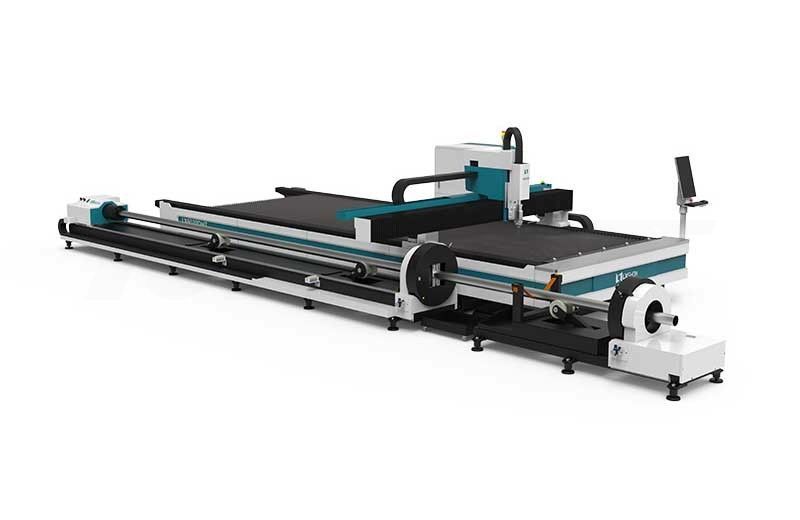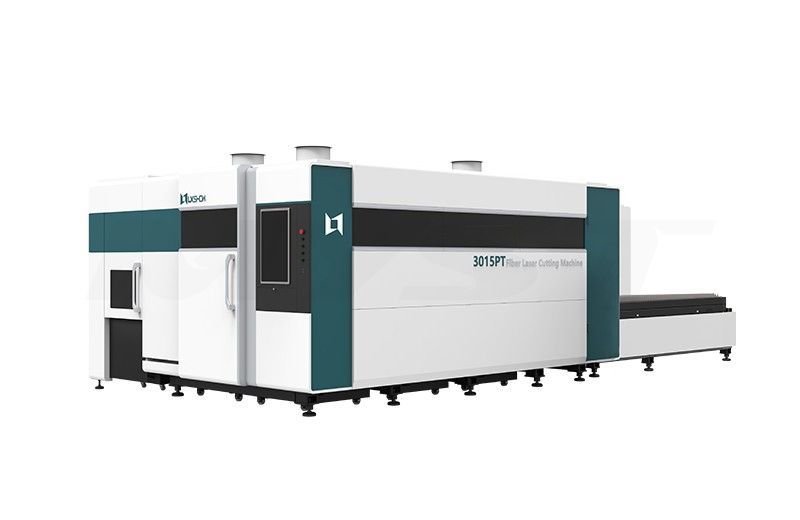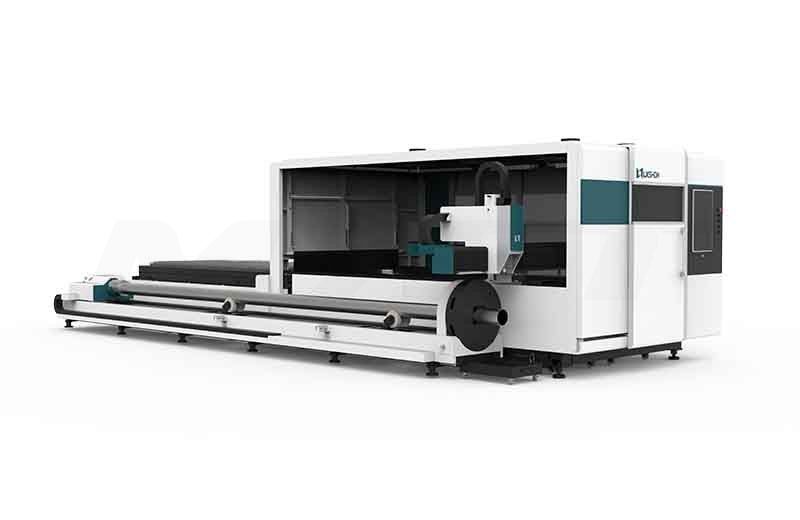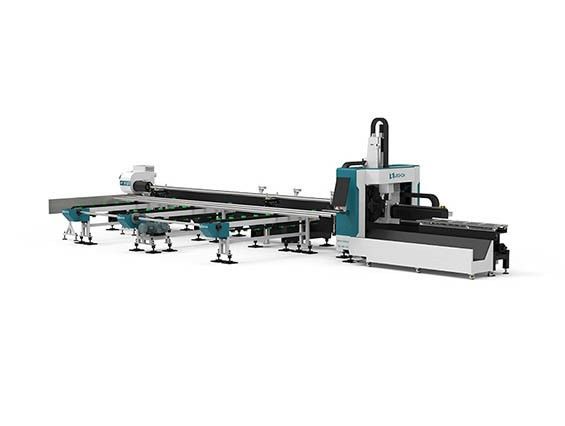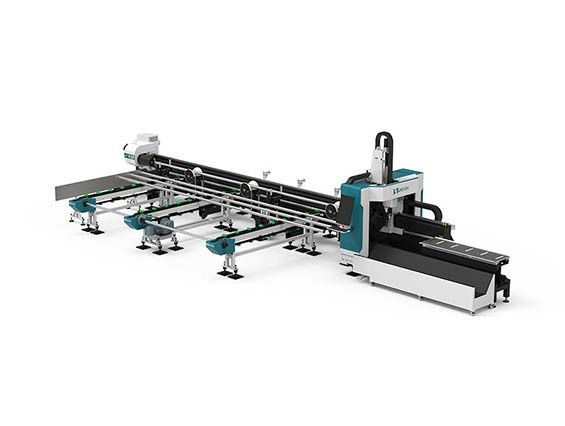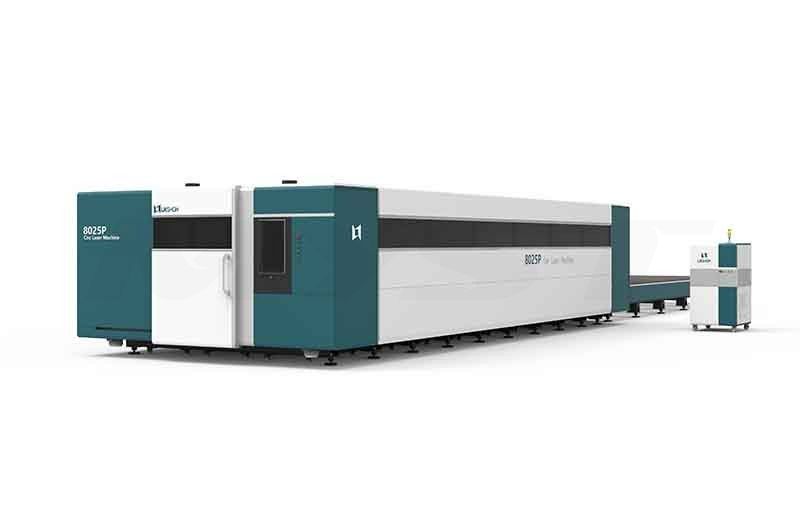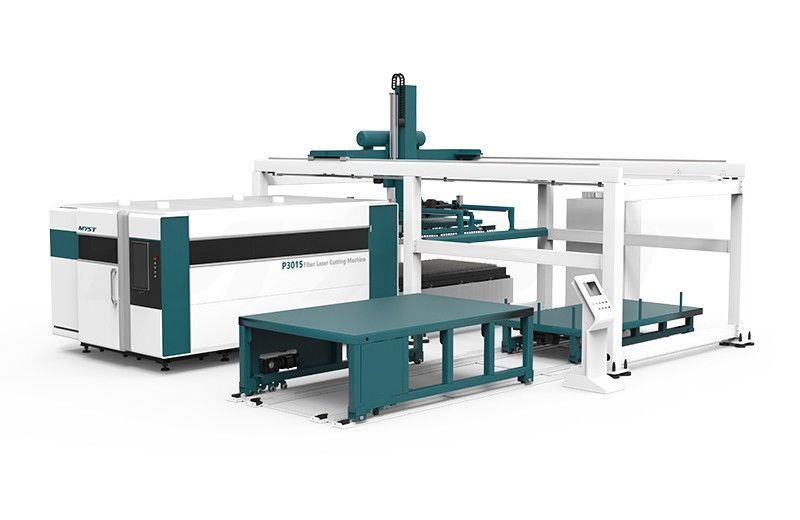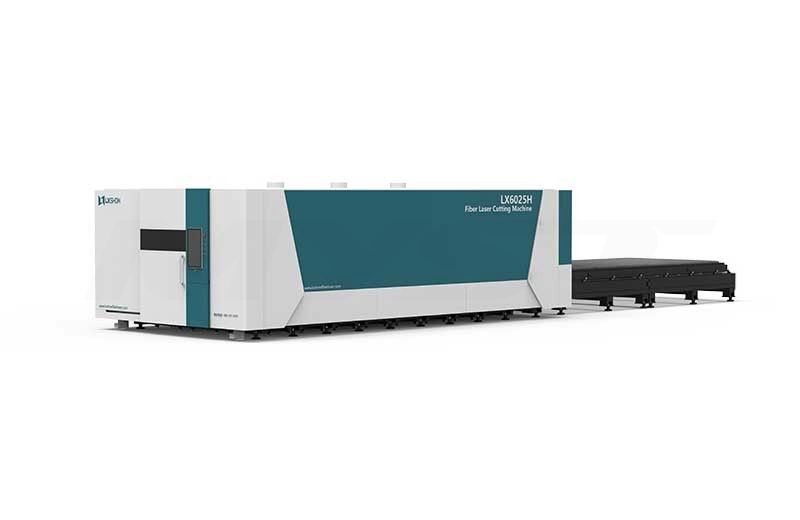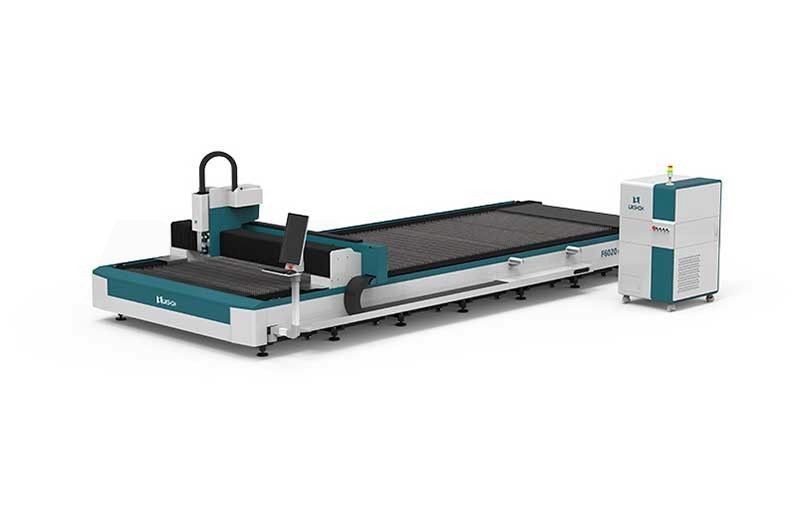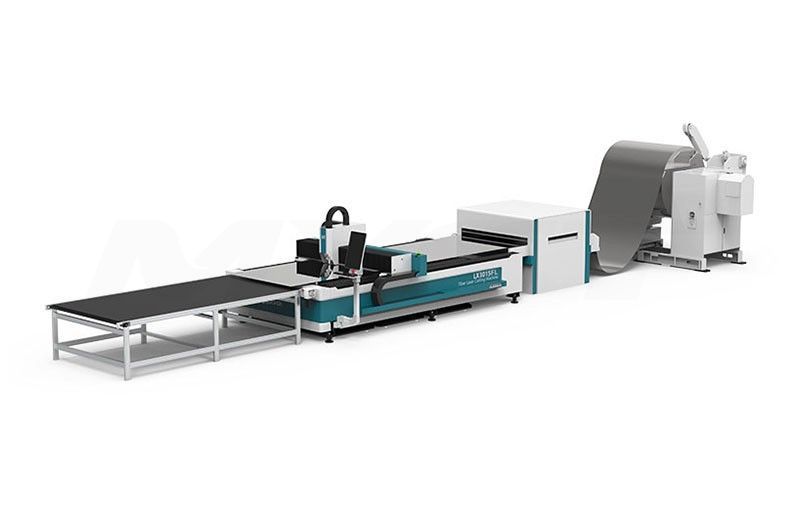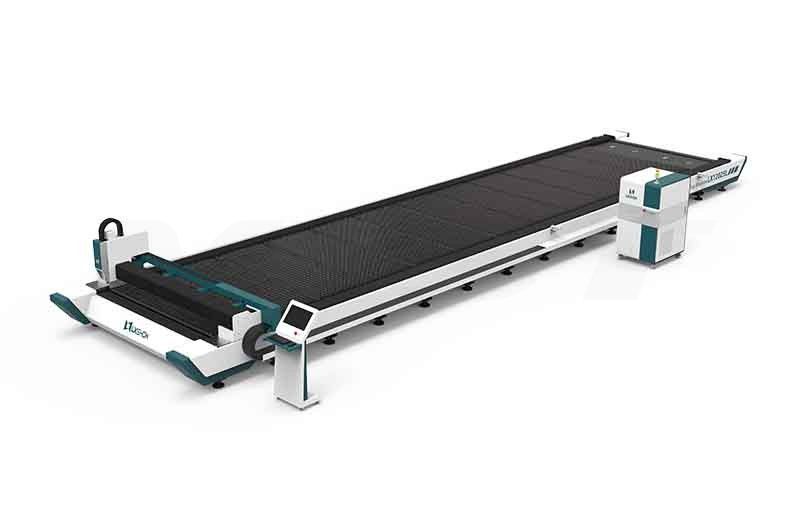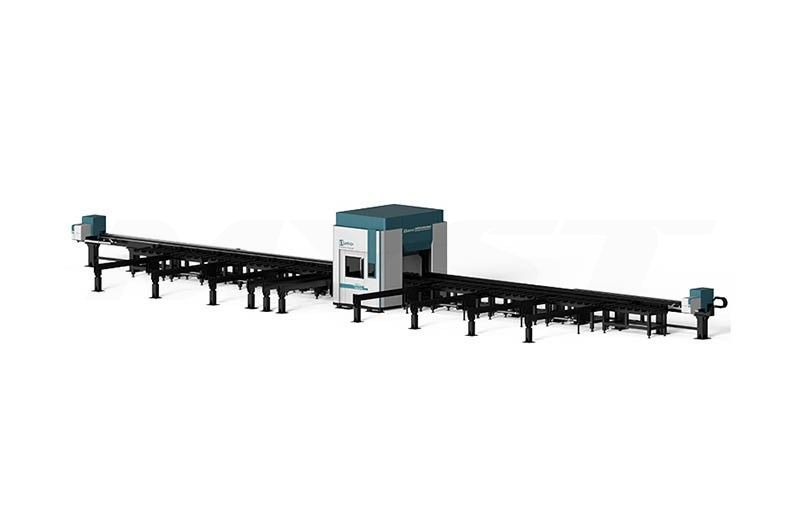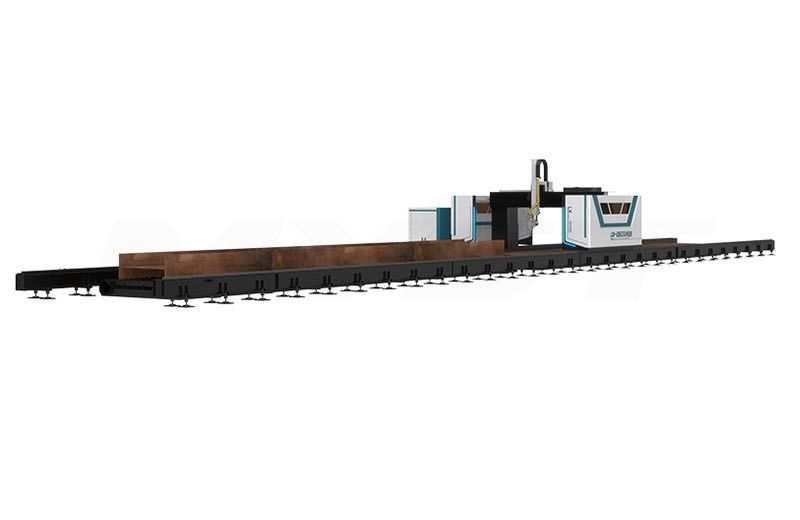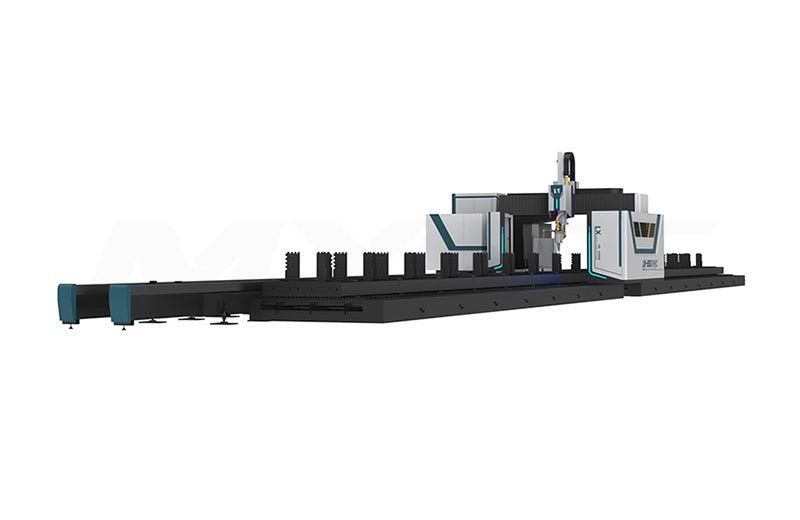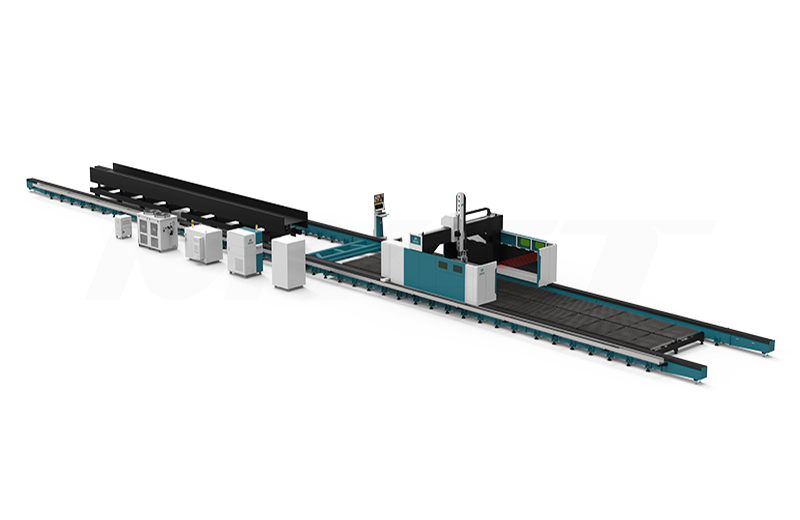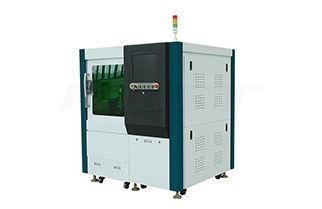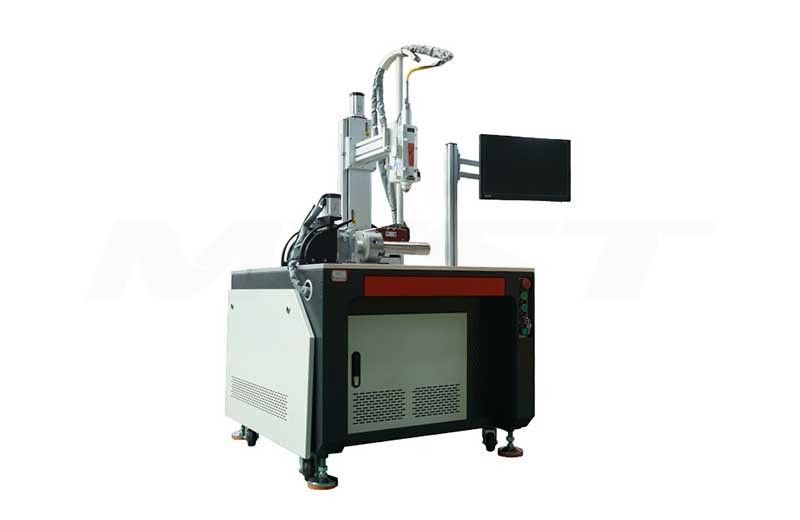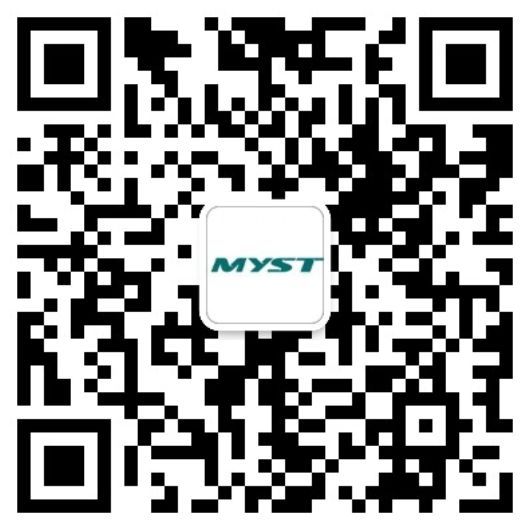Traditional industrial cleaning methods usually come at a significant cost, but laser cleaning is changing this: it is a cost-effective solution that reduces cleaning times and maintenance.
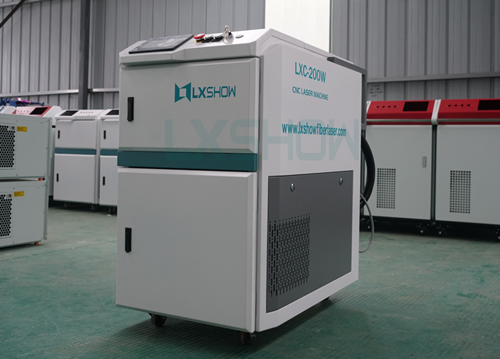
Traditional industrial cleaning methods are often seen as tedious (and for good reasons). Rust removal can be time and labor consuming. Oxide removal may involve hazardous chemicals specific to each material that needs to be removed. In some cases, paint removal by sandblasting can damage the metal underneath.
Laser cleaning is an eco-friendly process used to remove rust, paint, oxide and other contaminants from metal surfaces. Because of its efficiency, it is being used in an increasing number of applications.
If you are skeptical about these claims regarding laser technology, keep reading for the key facts about what a laser does when removing contaminants and coatings.
Functional principle
Laser ablation
Laser ablation occurs when a material layer or a coating is removed with a laser beam. This is the process behind all laser cleaning applications. Take the example of laser derusting of steel. When the beam hits the surface, the molecular bonds of the dust or rust layer are broken and detached from the substrate. All materials have an ablation threshold. You can fire a laser beam thousands of times, but as long as the energy is below the ablation threshold of the material being processed, nothing will be removed. In less technical terms, you can imagine that the layer to be removed is simply vaporised by the laser beam.
A simple way to grasp the importance of the ablation threshold is to compare it to throwing a ball over a wall. If you don't throw it high enough, it will never make it over to the other side. Even if you throw the ball a thousand times, you will always fail. The same applies to laser derusting. You can shoot the laser beam a thousand times but as long as the energy is below the ablation threshold of the material you’re working with, nothing will ever be removed.
Now, every material has different properties and thus different molecular bonds. In other words, each material has a specific ablation threshold. To successfully remove a layer from a given material, the energy transferred by the laser beam must be above the ablation threshold of that particular material.
Selective material removal
Let's continue with our analogy. Imagine there was a second, higher wall behind the first one and that a ball was thrown with just enough energy to make it over the first wall, but not enough to make it over the second. The ball would bounce off the second wall and fall in between the two walls. Once again, no matter how many times you throw the ball, you will always get the same result. You will make it past the first wall but never the second.
For example, the removal threshold of rust is much lower than that of common metals such as steel and aluminium. The same applies to paint and oil. Because the difference between these two values is so great, contaminants and coatings can be completely removed without damaging the underlying base material. There is simply not enough energy to do any damage.
Since each material has its own ablation threshold, laser cleaning can separate two or more materials when trying to remove an unwanted layer from an object. If the removal thresholds of the materials are sufficiently different, it is possible to select the material to be removed and leave the other material intact.
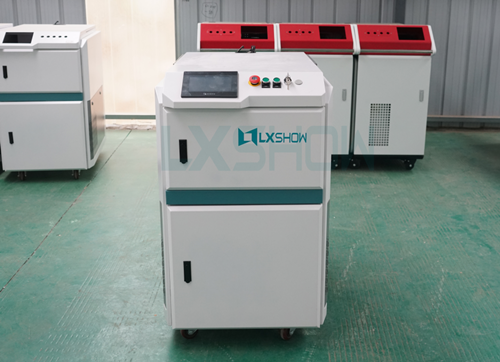
Advantages
1. Environmentally friendly
Since this cleaning method only uses a laser beam to vaporise the layer to be removed, there is literally no need for consumables. This is the beauty of lasers, which only need a power plug to be set and ready to go. Since laser cleaning converts materials into vapours, a vapour extraction system must be installed near the laser to ensure that no paint, oil or dust particles are released into the air.
2. User safety
Furthermore, no chemicals or solvents are used in the lasers. This makes laser surface cleaning one of the safest methods of removing rust and coatings. Not only is there no chemical waste, but workers are completely safe working around laser cleaning machines that meet international laser safety standards. Workers do not need personal protective equipment and do not have to handle hazardous chemicals.
3. Faster removal
You can think of laser ablation as similar to carving stone with a hammer and a chisel. You can use a small hammer and do many small hits on your chisel. Or, you could just as well use a bigger hammer to leverage more power, hence reducing the required number of hits and increasing the removal speed. The idea is the same with laser cleaning, except that you only want to remove a layer of material: the contaminant.
Fibre laser cleaning systems can remove a given layer in two different ways. The laser beam is either a continuous wave of light or a pulsed wave with a specific repetition rate. Although the result is almost the same, the removal rate varies greatly depending on the method.
For a given area, the power increases when the same energy is invested in a short pulse. A pulsed laser beam is a more efficient and faster removal method than a continuous beam. Short laser pulses clean surfaces faster, but also ensure that the underlying material does not get too hot.
Application
Removing the burnt rubber residue from tire molds; giving a new life to old pipelines; cleaning pipes in nuclear power plants; and even larger projects such as removing paint from a rusty bridge and preparing welding surfaces are all projects that can benefit from industrial laser cleaning.
This non-contact cleaning technique can be used in countless industrial applications. The only limit is the capacity to discriminate between the material to be removed and the one to be protected.
At the moment, the most common laser cleaning applications include:
1. Painting parts that would otherwise be discarded due to paint defects.
2. Laser coating of the surface to optimise paint adhesion.
3. Laser removal of oxides from special alloy ingots.
4. Pre-weld treatments to remove rust and other contaminants from weld areas.
5. Post-weld treatments to remove aluminium and stainless steel oxides
6. Laser ablation is not only used for cleaning, but also for a variety of other industrial applications.
7. Removing the coating immediately after the plating process replaces the coating of parts on production lines.
In Summary
Laser cleaning solutions can overcome many of the problems faced with rust removal and other industrial cleaning applications. By selecting a specific material to be removed, fiber lasers offer a fast, as well as a set-and-forget solution for many industries.
LXSHOW Laser cleaning machine is a new generation of industrial surface cleaning laser system. It adopts the advanced laser source, laser optical scanners and control system to meet the requirements of metal surface cleaning process. If you are interested in our products, contact LXSHOW for a quote.








